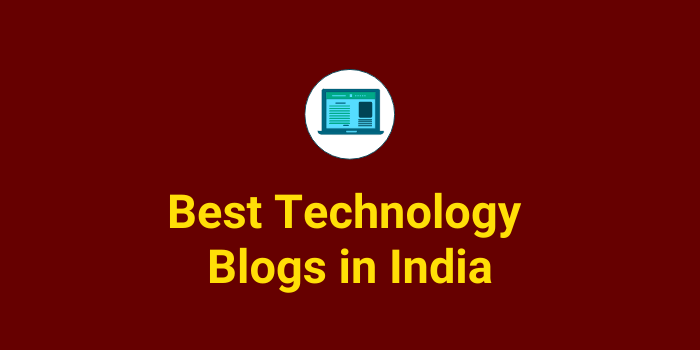/cdn.vox-cdn.com/uploads/chorus_image/image/58798233/SnapchatBacklash_Getty_Ringer.0.jpg)
In 2012, Mark Zuckerberg saw Snapchat, a one-year-old company with no revenue stream most famous for revolutionizing the dick pic, and decided to act. He arranged for a meeting with Snapchat founder Evan Spiegel, and outlined his imminent plan to release an app called Poke, which would copy Snapchat’s disappearing message service. “It was basically like, ‘We’re going to crush you,’” Spiegel told Forbes in 2014.
According to a new book on the company’s rise, part of Snapchat’s success, counterintuitively, is due to Poke. Snapchat initially struggled to shed its sexting reputation despite its rapid growth, but when Facebook launched a competitor, disappearing photos became The Next Big Thing. On Christmas Day, just days after Poke launched, it tumbled down the app store rankings while Snapchat rose. Zuckerberg offered $3 billion cash (!) to purchase Snapchat the following year and was rebuffed. Today Snap Inc., the app’s parent company, has a market cap north of $21 billion. Spiegel later called Poke “the greatest Christmas present we ever had.”
More than five years later, the mood at Snapchat is not so merry. While Poke inadvertently made Snapchat stronger, Instagram, owned by Facebook, is beating Snapchat at its own game. Less than 18 months after Instagram launched Stories, a shameless rip-off of Snapchat, Instagram claims to have 300 million daily users of Stories, nearly 40 percent of Instagram’s total 800 million monthly users, dwarfing Snapchat’s 187 million daily active users. Amid an existential crisis, Snapchat released a wide-ranging update in early February that, among many changes, reordered the Snapchat inbox from a chronological timeline into an algorithmic feed hoping to guess what you want to see. According to the company, the update is supposed to “make it easier to connect with the people you care about most.” Its users beg to differ. According to the 1.2 million people who signed a Change.org petition, the new update is “useless or defeats the original purposes Snapchat has had for the past years.” A tweet falsely promising that Snap would undo the update for 50,000 retweets has been retweeted nearly 1.5 million times—the fifth-most-retweeted post in Twitter history:On Thursday, three weeks after the new design began rolling out, things got even worse. Kylie Jenner, who in 2015 said she was the most-viewed account on Snapchat (an announcement she made on Instagram, of all platforms), tweeted her displeasure with Snapchat to her 24.5 million Twitter followers.Almost immediately after Jenner’s tweet, Snapchat’s stock price dropped 6.1 percent, a $1.3 billion drop in market value. Still, the update weeks earlier boosted Snap’s stock price from $14 to $20.75 the day after its release, and even with the Jenner drop, the post-update price is the highest Snap’s stock has been since July 2017.
The outrage cycle over an app change is nothing new, something Snap’s rival Facebook knows better than anyone. When Facebook redesigned the site in 2008, more than 400,000 people joined a Facebook group titled “Petition Against the ‘New Facebook.’” Two years earlier, when Facebook introduced the News Feed, more than 750,000 people joined a group titled “Students Against Facebook News Feed.” In 2009, Zuckerberg’s jealousy of Twitter led to Facebook introducing the status update, and a whopping 1.7 million people joined a Facebook group denouncing “New Facebook.” Perhaps this is a coming-of-age lesson for teens too young to remember when Facebook had the Wall, and it will blow over like every other outrage cycle does.
There is evidence, however, that this wave of anger is fundamentally different for Snapchat than it was for Facebook. When Facebook rolled out its most divisive updates, it was skyrocketing in growth. In the run-up to Facebook’s 2012 IPO, it had grown so big it was being labeled a monopoly by various writers in Forbes, The Guardian, The Wall Street Journal, and, well, anyone who went on the web, because Facebook accounted for one in every five pageviews on the internet. As Alexis C. Madrigal wrote in The Atlantic, in terms of minutes per month visitors spent on social media, Facebook had nearly twice as much as Tumblr, Pinterest, “Twitter.com only,” LinkedIn, Myspace, and Google Plus combined. Facebook never budged in the face of criticism, because it knew its users had nowhere to go. What were you going to do? Use Myspace?
Snapchat is trending in the opposite direction as it’s pitted in an existential battle with Instagram. In August 2017, a year after Instagram introduced Stories, Instagram had reached 250 million daily Stories users to Snapchat’s then-173 million, and Snapchat’s user growth had cratered from 17.2 percent per quarter to 5 percent. By November, Instagram had reached 300 million daily users on Stories. WhatsApp, another Facebook-owned property that also has introduced its own version of Stories called “Status,” also has 300 million daily users. Instagram Direct, another Snapchat-inspired product, had 375 million monthly users as of April 2017, and is now adding privacy features Snapchat doesn’t have. Adding insult to injury, Snapchat has now added the ability to put multiple captions and GIFs into Snapchats––both features originally on the ’gram. Instagram Stories nearly doubled Snapchat’s userbase by shamelessly adopting Snapchat’s features, and now Snapchat is copying Instagram to catch up.
On Thursday, the same day as Jenner’s tweet, the beauty behemoth Maybelline tweeted (and deleted) the following poll.
Out of four thousand votes in the (extremely unscientific) poll, four out of five respondents said they prefer Instagram Stories to Snapchat.
As Snap wrote in the company’s response to the Change.org petition, a response as politely dismissive as the Facebook rebuttals of old, “This new foundation is just the beginning, and we will always listen closely to find new ways to make the service better for everyone. We are grateful for your enthusiasm and creativity.”
Snapchat seems confident that users will prefer the update when they get used to it, but some may not stick around long enough to find out. It’s too soon to judge the long-term impact of the update, and there’s certainly still a chance that it could prove to be a hit. The danger with this outrage cycle is that the enraged don’t just have to accept change, but can make a choice. If Snapchat doesn’t give its users what they want, perhaps Instagram will. More than five years after Zuckerberg gave Spiegel that Christmas present by launching Poke, Spiegel may be returning the favor.
source:-.theringer.



